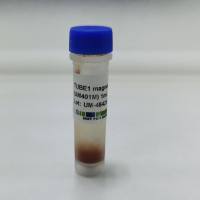Drug transporters have been isolated from many tissues, including the intestines, liver, kidney, blood-brain barrier, and placenta, in animals and humans. There is increasing evidence that they play a very important role in drug absorption and disposition. By gaining a better understanding of the characteristics of drug transporters, drugs and prodrugs can be designed with improved bioavailability by targeting delivery to low-affinity, high-capacity absorptive transporters (e.g., hPept1) while avoiding secretory efflux transporters (e.g., P-glycoprotein [P-gp]). Delineation of drug-transporter interactions is also helpful for predicting in vivo pharmacokinetics and transporter-mediated drug-drug interactions. The identification of membrane transporters that influence the absorption, disposition, and safety of drugs is very important in drug discovery and development. In this chapter, protocols are summarized for some widely used cell models for characterizing the drug-transporter interactions.






